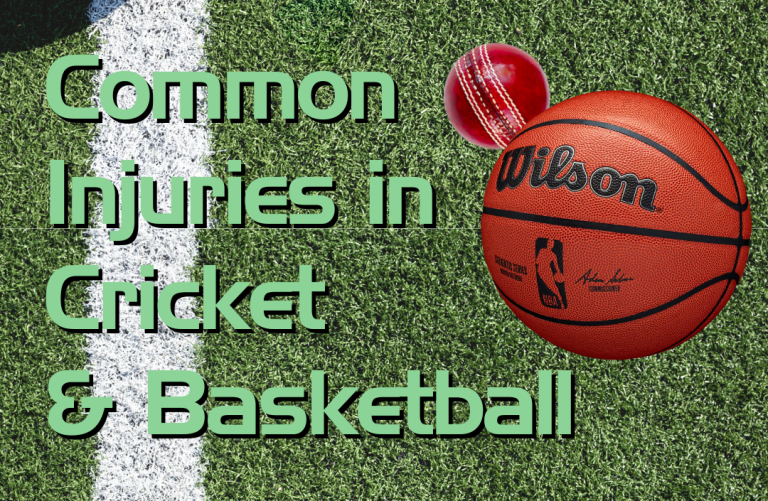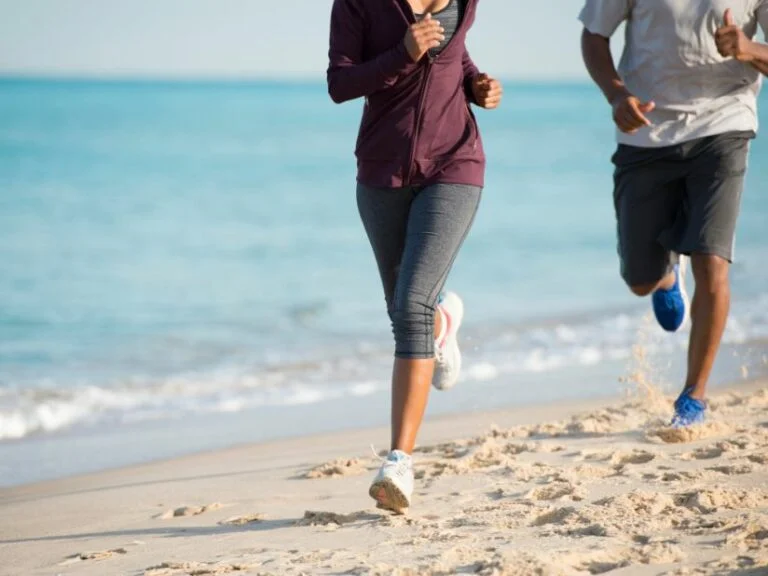The neck joints and muscles support the head, move it and our visual fields through space. Not just is the neck joint a pillar of support for the head but it is part of a complex navigation system giving vital data to the brain on movement, direction and speed of us and the world around us.
neck joints and muscles as sensors
Disequilibrium, Disorientation
Headache, Heavy head, Tilting
Neck pain, Ear pain, Tinnitus
Joint stiffness, Swaying
Pain
All of the above can be part of a neck problem and Neck Dizziness or what we call Cervicogenic Dizziness.
Dizziness or vertigo can come from many other potential sources. These include nervous system problems (neurological), heart and circulation issues (cardiovascular) and inner ear labyrinth disturbances ( peripheral vestibular). One form of inner ear vertigo we can treat is BPPV- Benign Paroxysmal Positional Vertigo. You can find more about this here on one of our other blogs.
Cervicogenic Dizziness is a sensory illusion of motion and disequilibrium. It is common, however people are unsure of what the symptoms mean, let alone that the neck is the source of this dizziness. It is important to correctly identify it and treat it as it does not settle without help. It can be associated with migraine like symptoms, headaches, neck sprain or strain, concussion or whiplash.
Some clues to diagnosis are:
- dizziness with head neck postures or certain movements.
- association with neck or head pains and relief of the dizziness when they pass.
- fluctuating levels of dizziness that last minutes to hours
- symptoms that come on about the time of neck injury.
Diagnosis is a process of elimination. There isn't a special test or scan to tell us if it is Cervicogenic Dizziness so examination by the physiotherapist or General Practitioner is to rule other causes out.
Physiotherapy Treatment is effective by doing the following.
- build healthy neck muscle activation and stabilisation patterns.
- reduce neck stiffness and pain.
- retrain the ability of the head and neck to re-find set positions.
- for some people the rehabilitation of the inner ear balance sensors is part of treatment. (1)
Below is an example of a patient retraining head position accuracy. The video has been sped up.
Results from treatment are usually always positive. Those who struggle to improve do well with management that includes other causes for dizziness or where there are compounding illnesses or musculoskeletal issues.
Reference:
1. Wrisley DM et al. 2000. JOSPT, 30:12. 755-66













